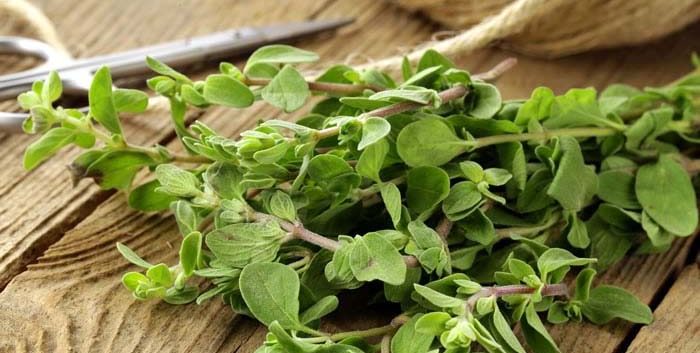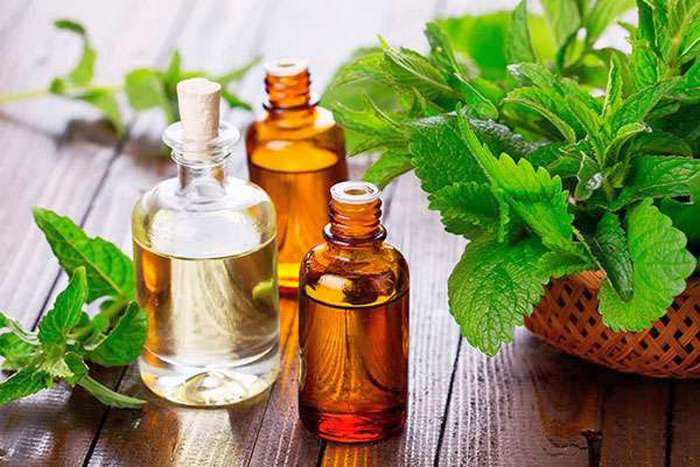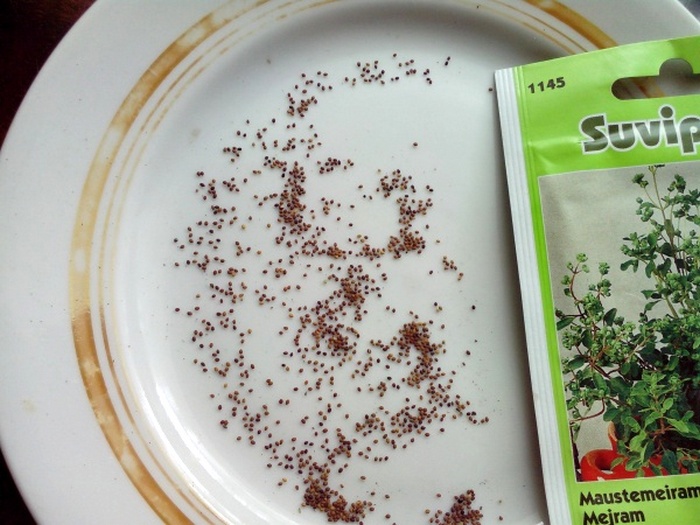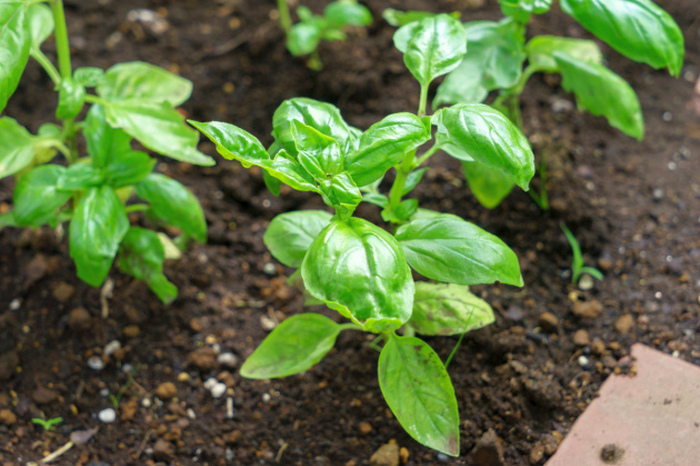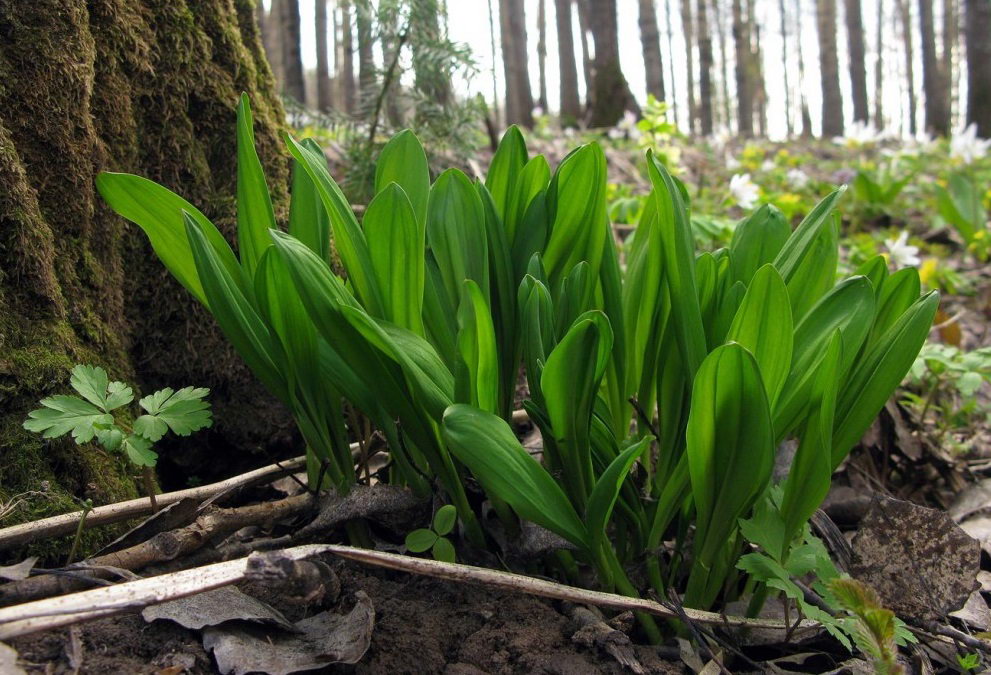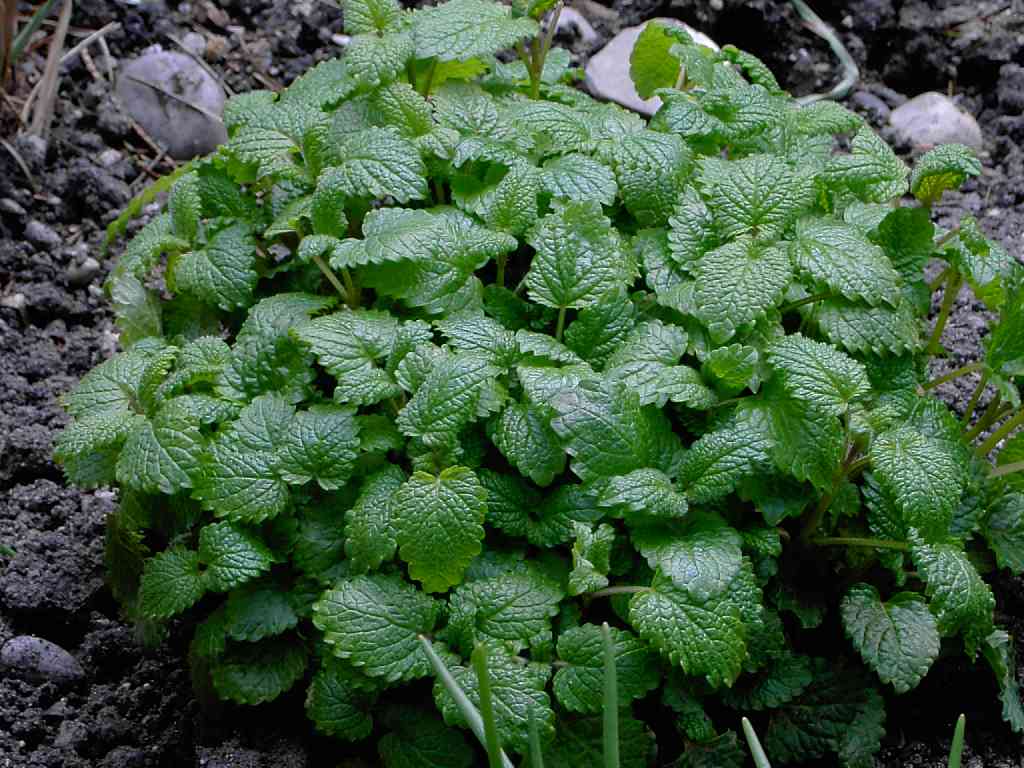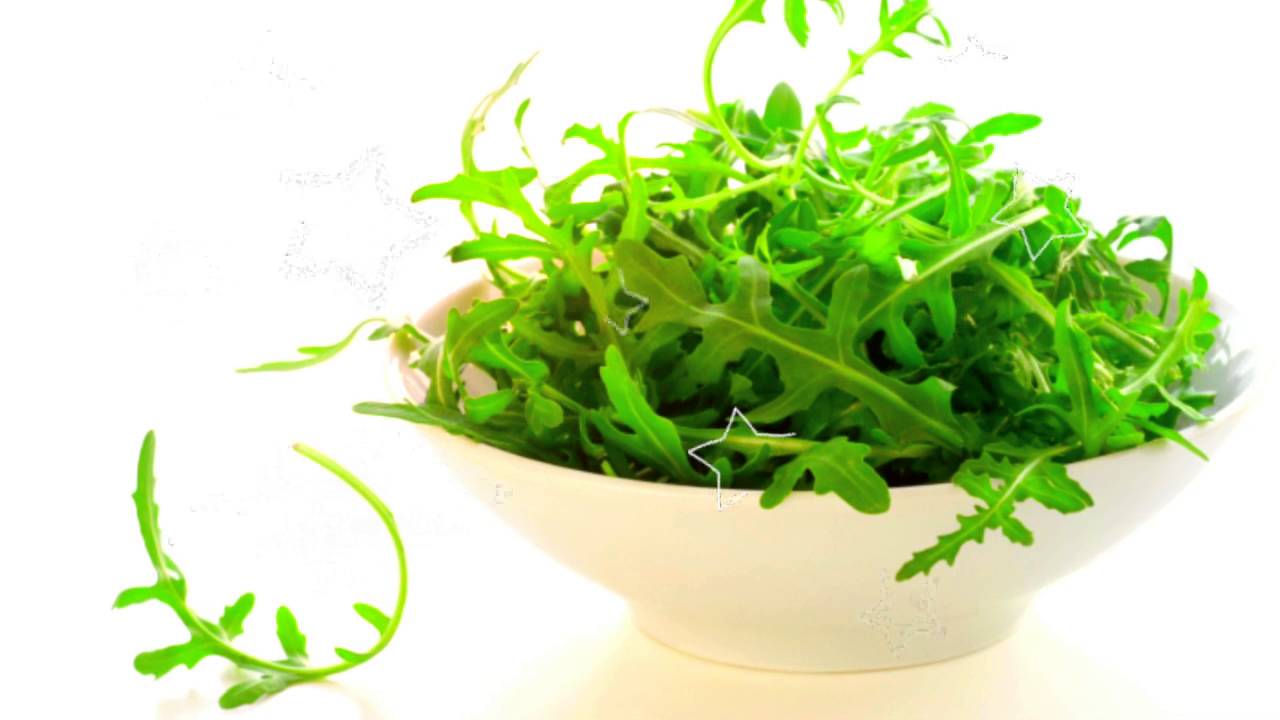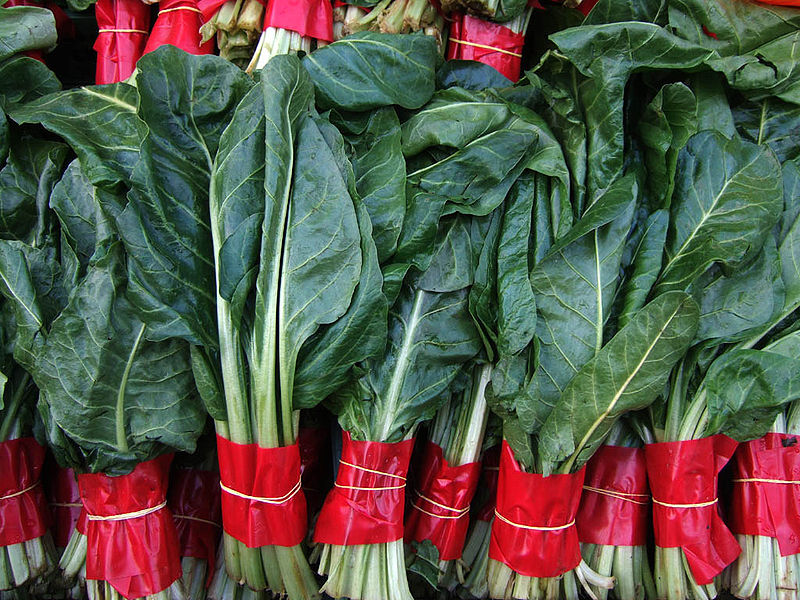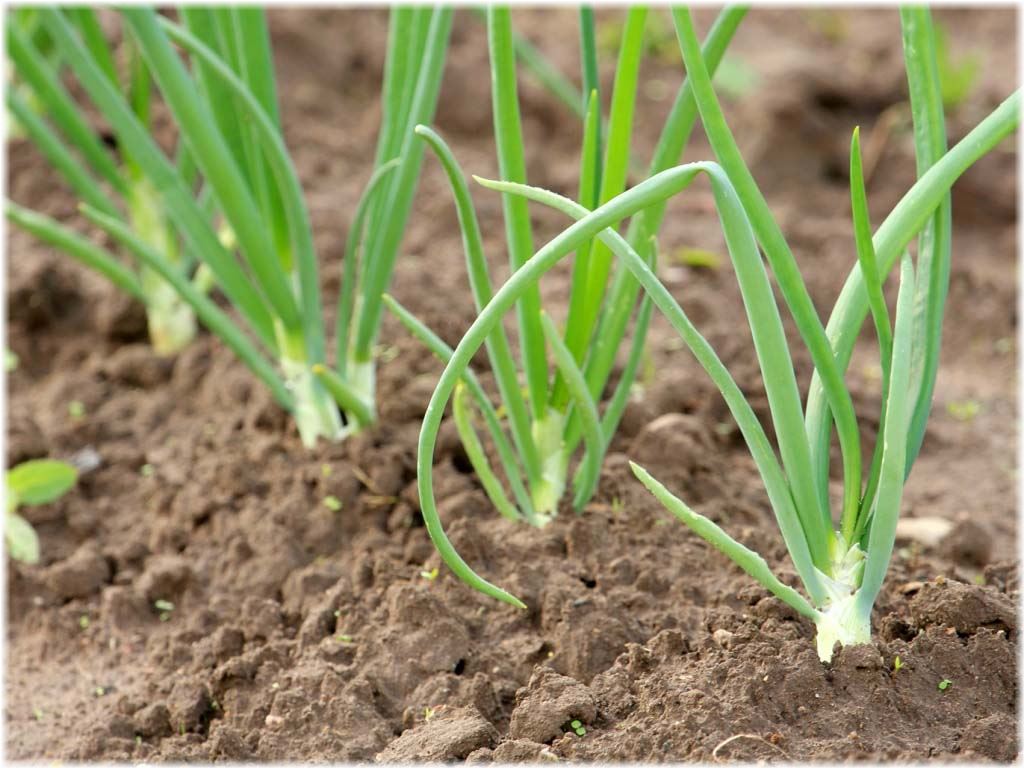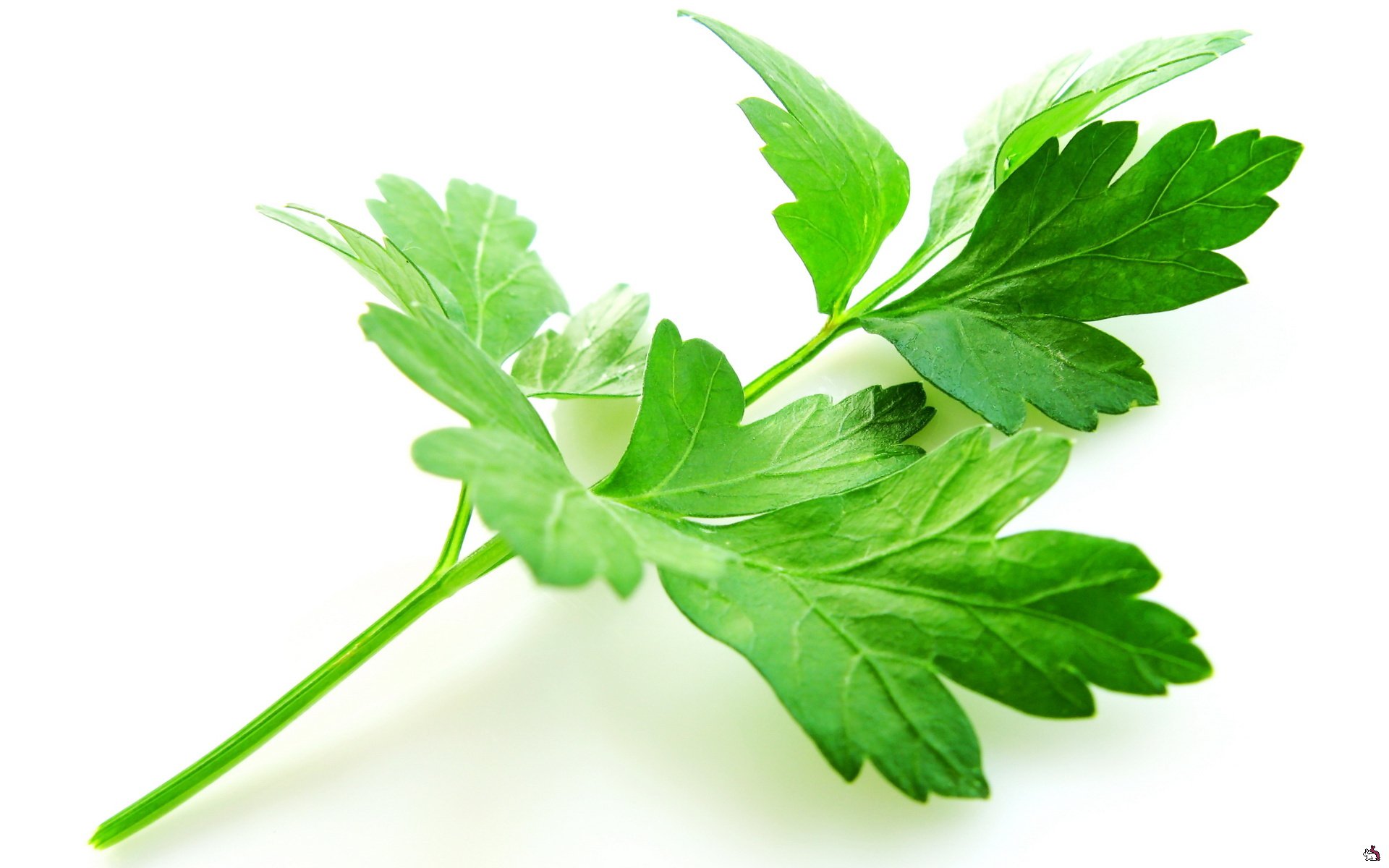Content:
Marjoram has long been used as a spice that gives food a piquant taste and aroma. It is considered a medicinal plant that resists nervous tension and improves mood. The cultivation of grass in home gardens is gaining in popularity. Novice gardeners are interested in: marjoram - what it is, and how to grow it competently.
Description
Many have heard about the plant, but want to know in more detail: marjoram - what kind of culture it is. It is a herbaceous perennial from the Yasnotkov family, which is grown as an annual. The majoran dwarf shrub has many branched stems that reach 30-50 cm in length. Small foliage has an elongated spatula shape. Inflorescences shaggy-tomentose, bundle, small and elongated. Marjoram fruits look like egg-shaped nuts (single-seeded).
Not everyone knows how else marjoram is called in another way. In the Middle East, marjorana other names:
- mardakush;
- mess.
Asia Minor and the Mediterranean are home to the popular herb. Today, marjoram is grown everywhere. Oregano and marjoram are often confused. What is the difference between marjoram and oregano? Marjoram leaves have a more pronounced delicate and sweet taste than oregano.
What is the difference between marjoram and oregano? Each of the herbs has its own characteristics: they complement each other, but do not replace. Oregano and oregano are the same culture.
Species diversity
Two varieties of marjoram are grown in horticultural crops: flower and leaf. The flower species has a less vigorous root system and stems, but many flowers. Leaf marjoram is characterized by:
- highly branched stem;
- foliage density;
- paucity of flowers.
Gardeners are interested in what types of marjoram are used for. Cultivated in ornamental gardening, for alternative medicine, nutrition. The best varieties of marjoram for cultivation:
- Baikal. The crop is distinguished by its yield. The bush reaches half a meter. Milky flowers, bright green leaves, fragrant and smoothly colored;
- Gourmet. Productive variety. The ripening period of the culture is about 4 months. Plant height - up to 60 cm. Smooth pale green leaves with a waxy coating in the form of an oval have a pleasant smell;
- Tushinsky Semko. The culture was bred by Russian breeders. It ripens in a maximum of 140 days. The bush is not very branched, the color is purple, with silvery pubescence, woody at the base. Elongated sharp leaves with denticles at the edges, white flowers. Leaves and twigs of the culture before flowering are used fresh, then dried;
- Thermos. Erect stems of gray-silvery grass grow up to 40 cm. Emerald leaves are finely pubescent. The flowers are small in size and white;
- Scandi. 60 cm culture has small dark green oval foliage, devoid of wax deposits, captivating odor and white flowers.
Healing properties
The chemical composition of marjoram includes:
- vitamins of group C, B, A, D;
- folates;
- lutein;
- phenols;
- phytoncides;
- minerals;
- organic acids.
Useful features of marjoram:
- resists toothache;
- stimulates the discharge of sputum in case of lung pathologies;
- used in the treatment of gynecological diseases: anomalies of the reproductive organs and the menstrual cycle;
- normalizes blood flow;
- improves the activity of the stomach and intestines, activates digestion, eliminates inflammation and increased gas production;
- endowed with diuretic, antioxidant, antibacterial effects;
- fights insomnia and depression;
- heals abrasions, cuts, scrapes;
- relieves warts, papillomas and corns;
- gives softness to the skin.
The calorie content of the herb is 271 kcal per 100 g of raw material.
Used for rheumatism, bruises, runny nose in infants. You will need to be taken in equal quantities (1 tsp):
- dried marjoram greens;
- unsalted cow butter;
- alcohol.
The components are mixed and placed in a water bath for 15 minutes. Filter the mixture and cool. Means to lubricate the baby's nose with a cold. Rub the sore spot in case of injury or radiculitis.
The healing properties of marjoram are just right for the treatment of nervous disorders and colds. Herbal teas and baths with the addition of marjoram essential oil are appropriate.
Observe the dose of essential oil:
- aroma lamp - up to 5 drops;
- compresses - 6 drops;
- baths - no more than 6 drops;
- massage - 6 drops;
- inhalations - 2-3 drops;
- cosmetics - 10 ml of base 8 drops.
What is marjoram in cosmetology
Marjoram is a source of aromas in the production of perfumes, colognes, and eau de toilette. It is included in compositions with rose and citrus, chamomile and bergamot. It is an ingredient in acne creams. Fights dandruff.
Who is contraindicated
Marjoram has contraindications for use:
- individual intolerance;
- pregnancy;
- children under 5 years old;
- hypotension;
- thrombophlebitis or thrombosis.
How to grow
The plant prefers loose, drained soil that contains lime. They choose light sandstone or loam for marjoram. Light-loving culture likes sunlit, heated and protected from the wind beds. A decrease in the yield of deciduous mass and changes in the properties of essential oil provoke shade and marjoram cultivation on the northern slopes.
It is better to grow marjoram after:
- potatoes and peas;
- winter crops and onions;
- beans.
Before planting marjoram, the ground is loosened a couple of times and the substrate is introduced. Humus or compost is used, they are mixed with 20 g of potassium sulfate and urea, as well as superphosphate (30-40 g).
Seeds and seedlings are used to grow marjoram.
The seed is planted when the earth warms up. In order for the marjoram to develop and give a crop, it will be necessary to dig up the soil, up to 20 cm deep, 14 days before the planned sowing. You will need to add half a bucket of substrate per 1 m2 of the garden. The seeds must be mixed with dry sand and buried by 1 cm. Marjoram sprouts hatch after 2 weeks.
Seedling method
Sow in a greenhouse for seedlings in early April in boxes. Seeds of marjoram are very small: up to 5000 grains are contained in 1 g. The sowing rate per 1 container ranges from 0.2 to 0.5 g. Marjoram is sown in an ordinary way, keeping a distance of 5 cm, or loosely. Close up in damp ground 2 mm, sprinkle a little with soil through a sieve. Before sprouts appear, the soil is moistened with a spray bottle. A suitable temperature regime for grass is in the range of + 20 ... + 25 ° С.
Plants pick into sunny greenhouses in the first ten days of May, when the first true leaves are formed. Marjoram is transplanted into an open garden after June 5 to avoid frost.
How to plant
Marjoram seedlings are planted in moist soil. A substrate is added to the hole in advance in the same way as planting seed. The marjoram is transferred with a lump of earth, covered with soil, compacted and moistened. Adhere to the scheme nprecipitation plants:
- the distance between crops is 15-20 cm;
- the spacing in the row spacing is 50 cm.
Rooting of seedlings occurs in 2 or 3 weeks.
How to care
The main rules for caring for marjoram include:
- watering;
- loosening;
- weeding;
- top dressing.
Watering and other agricultural techniques
Water the marjoram regularly. Loose between rows if soil crust appears. Weeds are removed at the same time. Watering marjoram is combined with fertilizer.
What should be fertilized
2 weeks after planting, the marjoram is fed. Saltpeter (15 g), dissolved in water (10 l), is introduced per 1 m2 of area. Feeding the grass is suitable with a mixture that includes potassium salt and urea, 10 g each, as well as superphosphate (15 g).
How to deal with pests and diseases
Most often, marjoram is affected by Alternaria. Causes:
- Dense plantings;
- Poor heating of the beds by the sun.
Fungus causes disease. The appearance is indicated by brownish spots on the leaves of the marjoram. To prevent the spread of infection, plantings are thinned out. Sick specimens of marjoram are pulled out and destroyed. Reducing watering is helpful.
The main harmful insects that attack the culture are the marjoram moth. He loves marjoram shoots very much. To resist butterflies, installation of special baits in the summer season is suitable. In addition, spraying marjoram with chemicals is not recommended.
Food and marjoram
It is widely used in cooking as a seasoning due to the ability to break down fats and the digestibility of food. Not a single dish is complete without leaves, as well as flower buds. Marjoram is used in food, both dried and fresh, in addition fried. Add to meat and drinks, salads and soups. When pickled, the herb improves the taste of cucumbers and squash, courgettes and tomatoes.
In the cuisine of different countries it is easy to find dishes with the addition of marjoram as a spice:
- France - hare pate;
- Italy - beef soup with rice;
- Czech Republic - soups with potatoes and mushrooms;
- Germany - sausages.
The Germans know how to use marjoram. "Sausage herb" (this is what marjoram is in the common people) is responsible for the digestion of fatty sausages.
Grass mayorana to the place:
- in vegetable dishes with cabbage, potatoes, legumes;
- in tomato and sour cream sauces;
- in the production of alcoholic and non-alcoholic beverages;
- as a salt substitute for diabetes.
If there was no marjoram
How can you replace the aroma of marjoram if there is no spice at hand? Don't be upset. Here's how to replace marjoram:
- oregano;
- a mixture of basil, thyme, sage;
- Provencal herbs.
How to harvest
The collection of marjoram herbs is carried out twice:
- second decade of July before flowering;
- at the stage of bud formation in August.
For the first time, 10-15 cm of crop branches are selectively cut. Then marjoram is watered and fertilized.
At the second harvest, the plant is cut off completely, departing from the root 1.5 cm. To preserve the products, cut the garden bed, if necessary. For the preparation of dried grass, simultaneous mowing of the beds is required.
After drying, the marjoram is sorted out, sorted, substandard leaves are removed, and ground. Placed in vessels with hermetically sealed lids. Storage in a dark place for several years without loss of taste and beneficial elements.
Before the onset of cold weather, marjoram is prepared for wintering. Cut off the greenery and cover the area with peat, straw, grass. For the fortification of food in winter, it is just right to transplant plants into containers and transfer to a home.
Thus, the description and characteristics of the culture will tell you what kind of marjoram plant it is, and will help in its cultivation. The scope of application will allow marjoram to take its rightful place in the kitchen and not only.
